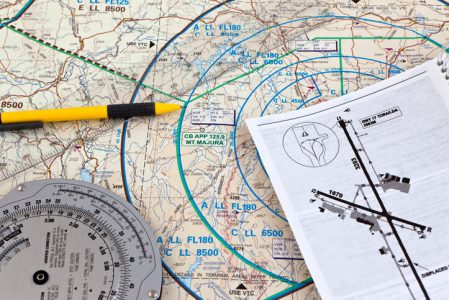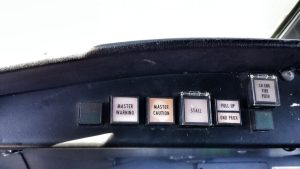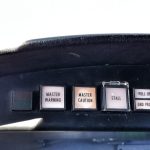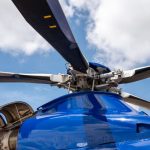How to Read an Aviation Sectional Chart: Symbology
Sectional charts provide an array of beneficial information for pilots, which is why learning how to read sectionals is an important skill to hone. However, they can be very intimidating for newcomers as well as those that haven’t looked at one in a while. There are several symbols pilots must know to best decipher the chart information and apply it to flight, which makes learning how to read a sectional chart a great asset.
Sectionals serve as a sort of roadmap to the sky. Much like how traditional roadmaps show areas of interests and commonly traveled routes, sectionals provide similar information beneficial for air travel. A slew of airport information, airport data, airport traffic service and airspace information, topographic information, radio aids, communication boxes, obstructions, and other miscellaneous features are displayed.
- Airport information tells the user the makeup of the runway, including whether it is a hard surface, or soft, and the length of the longest runway available.
- Airport data is essentially shorthand for the services available at the airfield. The name of the airfield will be provided alongside important frequencies, such as ATIS, UNICOM, and CTAF.
- Airport Traffic Service and airspace information speaks to the different classifications of airspace as well as the variety of airspace types (i.e.color and border design let pilots know if the area is prohibited, restricted, controlled, uncontrolled, etc.)
- Topographic information provides insight into roads, roads markers, railroads, power transmission lines and more.
- Radio aids to navigation are comprised of VOR, VORTAC, VOR-DME, NDB, and NDB-DME, and are charted with identifying locations, radials, frequencies, and morse code ID.
- Obstructions provide detailed elevation (MSL and AGL) information of towers and other obstacles.
- The last consideration is miscellaneous which covers some seemingly random but still very important items and activities, such as parachute jump areas, hang glider activity, and unmanned aircraft activity.
While it is important to be familiar and comfortable with the majority of the symbols found on sectional charts, it is worth remembering that an icon legend is always available and can be quickly referenced. When in doubt pilots should take the time to double check the legend to avoid any missteps.
RELATED READING
RELATED CTS TRAINING










